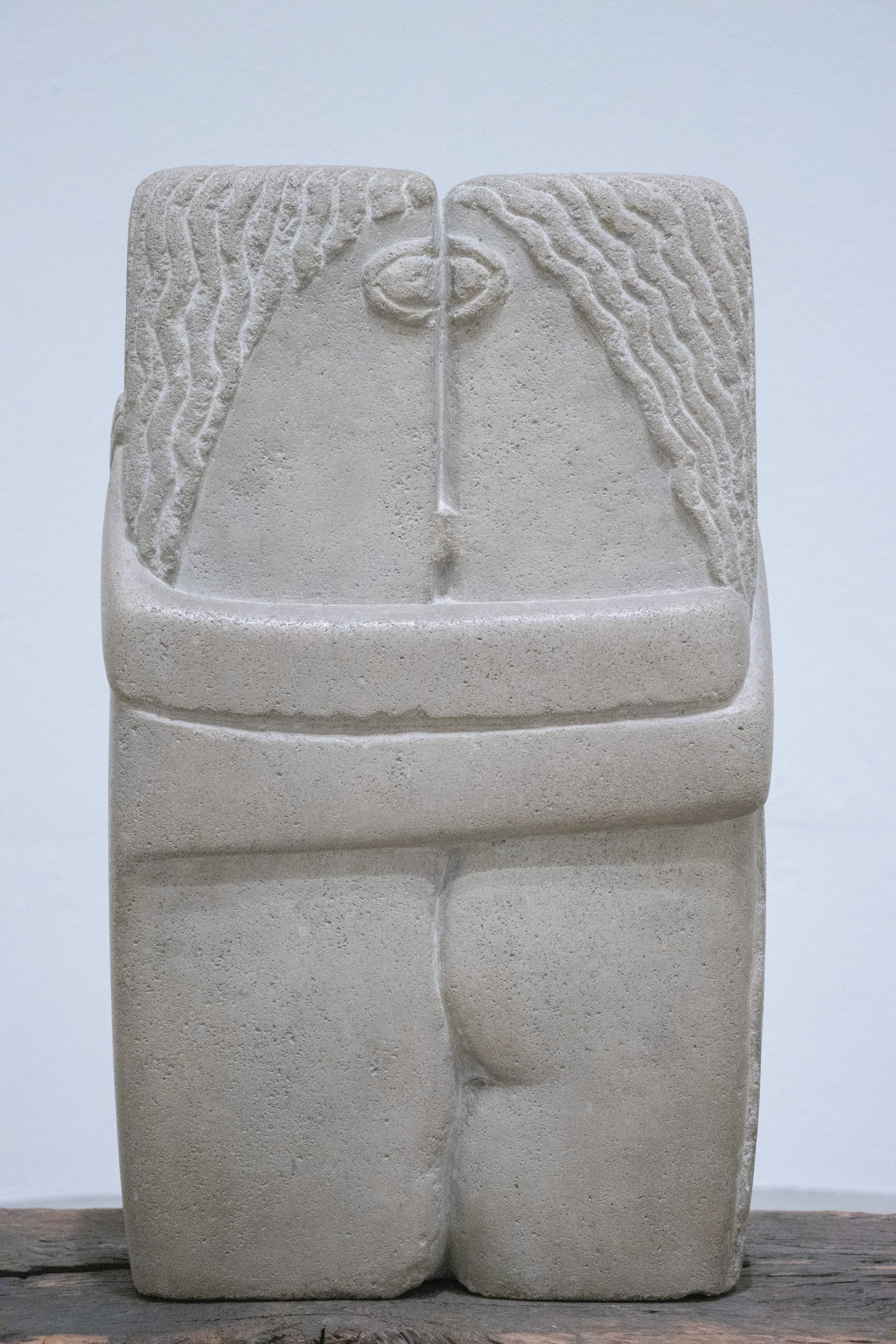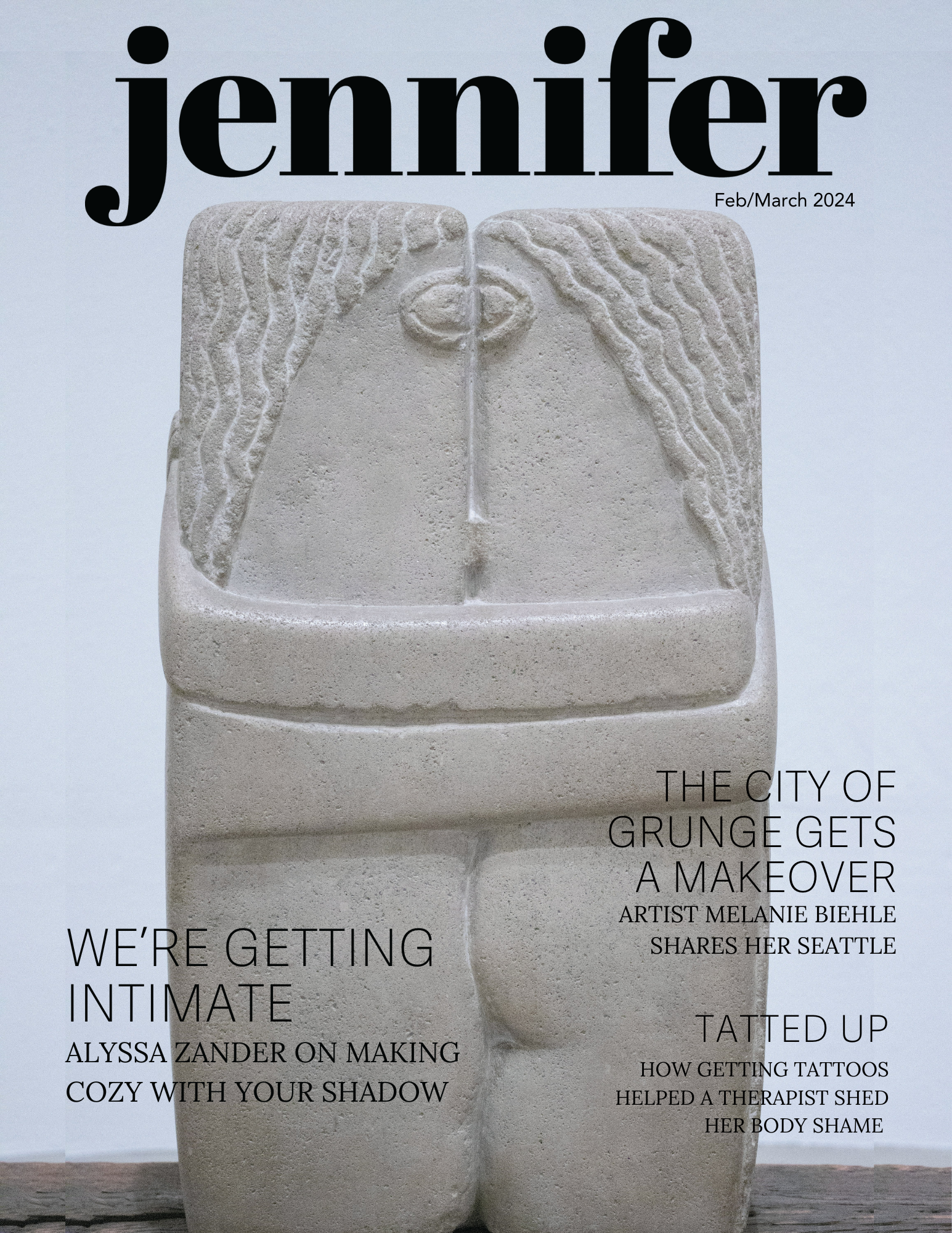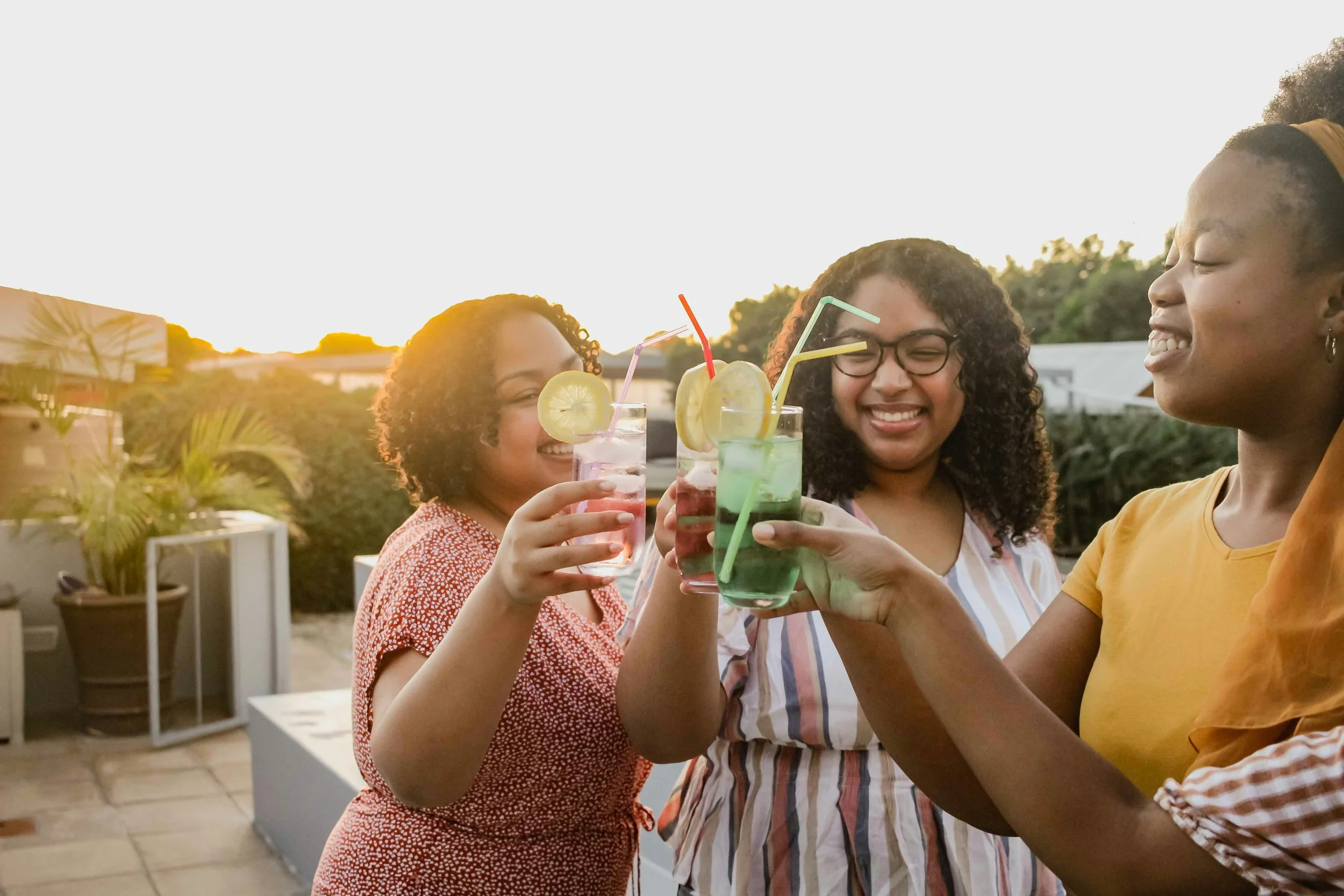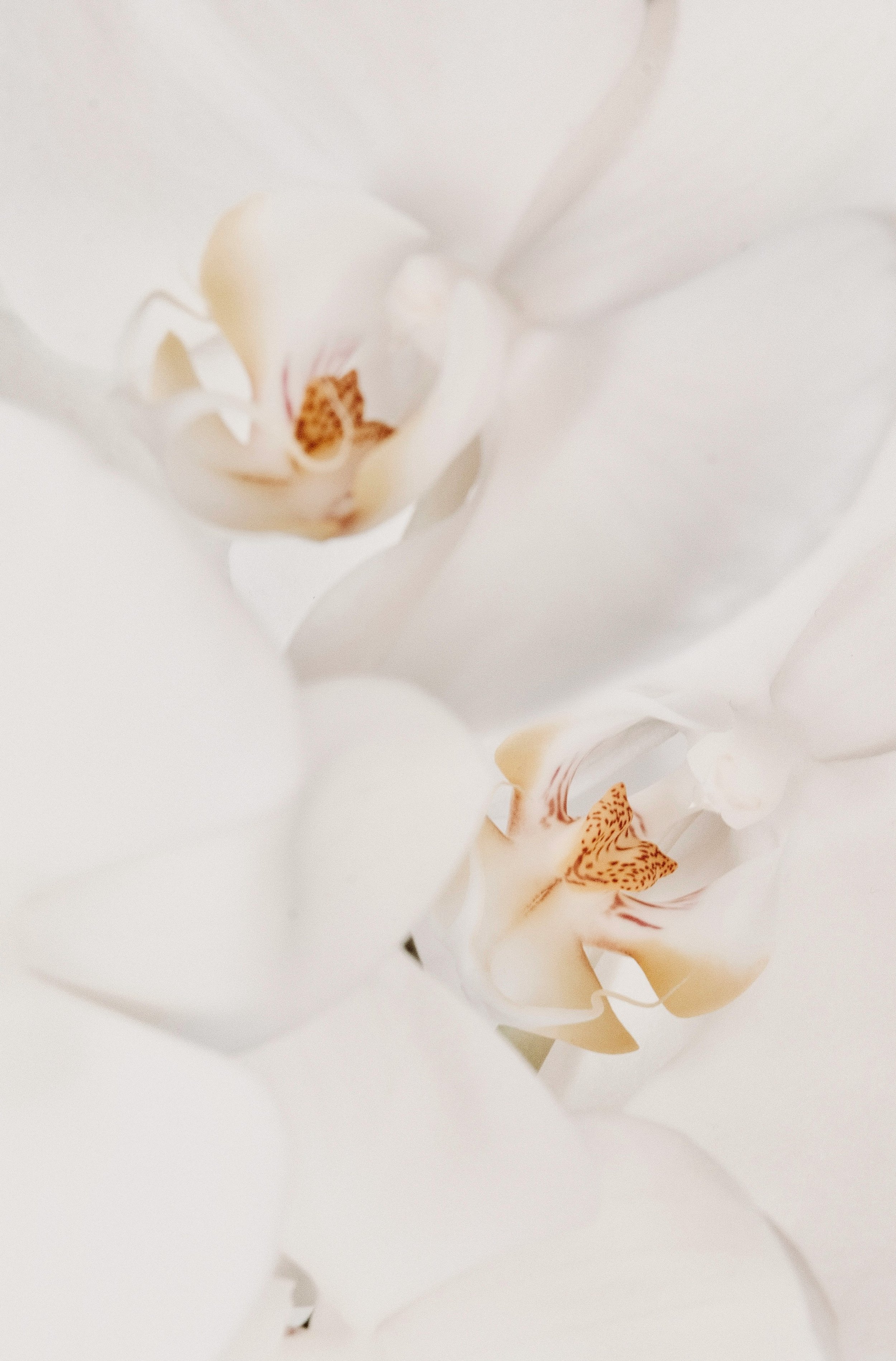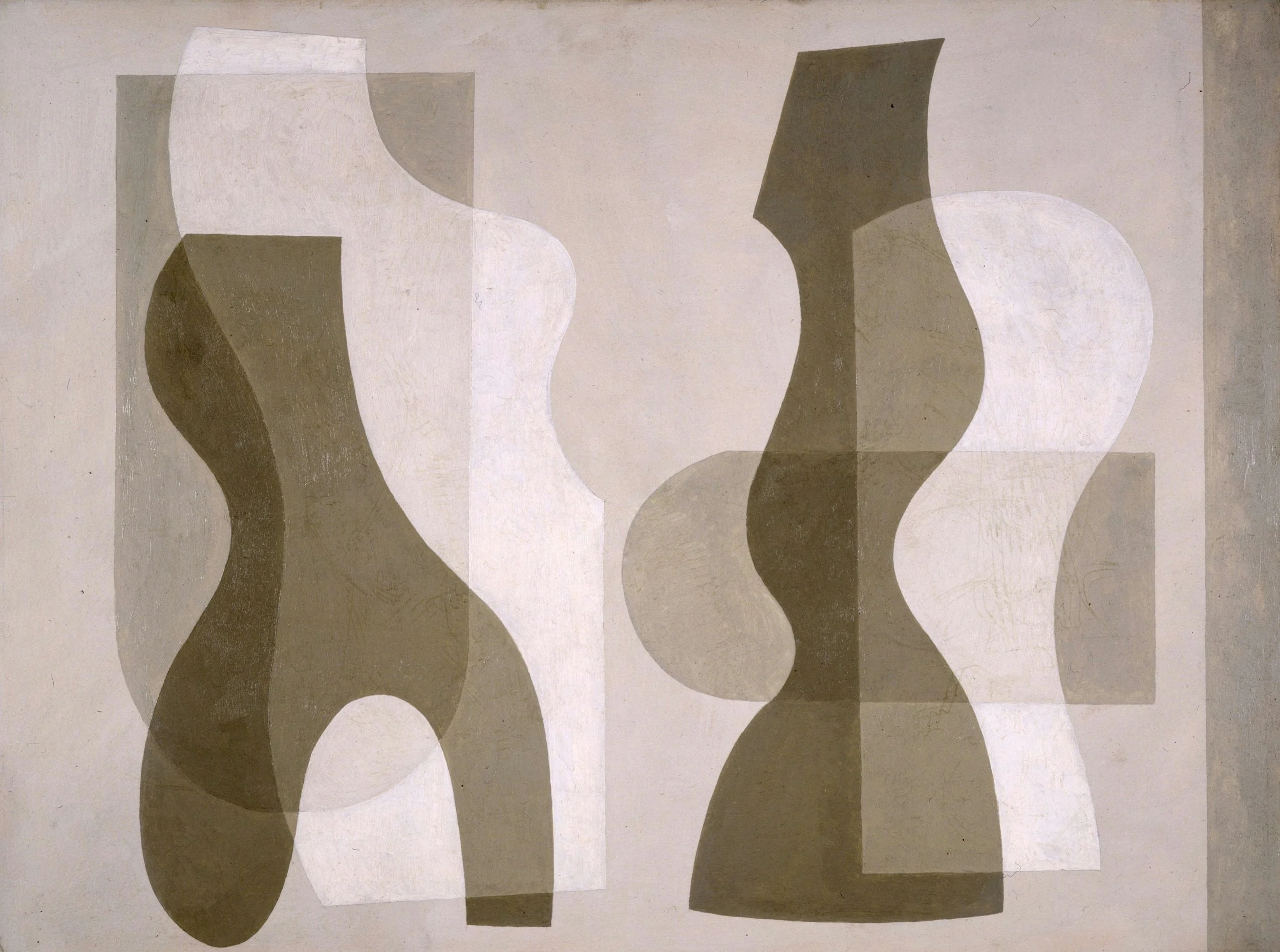5 Questions with Kate Ellen of Crown Nine Jewelry
Artist Kate Ellen has seen jewelry used to “help the immaterial changes that happen within our souls become material, tangible, relatable, shareable.” How’s that for something pretty?
I love jewelry. It’s one of the few things I wear every day. A pair of earrings, a bracelet, or a necklace if it feels right. There’s just something special about adorning ourselves. Humans have done it since the beginning of time. But it’s not just any sparkly thing that resonates with me. It’s something deeper.
“Jewelry that has heart and soul is best as a creative process and not just about acquiring more pretty things,” Kate says, “as beautiful and valuable as they may be.” This lands with me. The creative process I feel are the stories each piece represents.
All of my jewelry has deep meaning for me. Nearly all was made by independent women artists in small batches. And I remember the exact moment I received each and every piece, who gave it to me, and how I was feeling.
It’s become a ritual of remembering each time I wear one; a moment I celebrate with intention.
I am not alone in this practice. Kate says the magic of jewelry is in “setting a clear intention about what it means to you, and then going slow enough to feel how this intention is reflected back to you through the object.”
I recently spoke with Kate of Crown Nine about her approach to infusing ritual into special pieces, including one for something many have experienced—reproductive loss.
How did you get into goldsmithing?
I took a metalsmithing class on a whim in my mid-20s, a sort of grasping at straws attempt to de-stress while working as a teacher. The bulk of my goldsmithing training has been done on the job, by accepting work that was just a little outside my ability and learning how to do it as I went with mentors, other metalsmiths, and a few gem setters who really knew their stuff and helped me improve.
When I started, I had zero ambition to make fine jewelry or wedding jewelry - that was something born out of my clients asking me to do it. And little by little that has become the thing I am known for.
Is it something you knew you always wanted to do?
No. I struggled a lot with school as a young person, and I was most at home in my art classes but didn't feel particularly talented at anything. I loved the weirdos and the vibe of art class but never found a medium that called to me or came naturally. I also had some very limiting beliefs about art as a young person because I felt it was for the self-indulgent and self-centered and ultimately not a real thing you could base your life on—unless you were a naturally gifted genius.
I was also one of those young women who felt terribly guilty about the state of the world and felt the only thing worthwhile I could do was try to fix it, clean it up, make it better and do my part. So I was attracted to the helping professions. I have a degree in public health and human services and did case management, teaching, and working in nonprofits.
I learned a lot about myself and the world while on that path and had some incredible experiences. My favorite was teaching comprehensive sex education to at-risk teenagers, I was the lady that would show up with a box of dicks to do condom demonstrations with high school-kids! But in my late 20s, I started pushing back on this concept of my worth being so tied to my ability to fix things or be a part of the solution to repairing a broken world, partly as I unpacked my own family dynamics from childhood.
I began contemplating how many of the choices I had made were really for me, or were made to upholding an image of what I thought others wanted from me. When I found metalsmithing, I was at a bit of a low point in my life and so I kind of stopped caring as much about what others thought of me. And the very cool thing is that all those interests and skills I had in my professional life as a teacher and working in social services have totally bled over into my artistic life, acting as guideposts for my values and intentions.
You do something that I haven’t seen done—at least not the way you’re doing it—and that’s really infusing the element of ritual into jewelry. Can you tell us why you approach jewelry in this way, as something beyond just visual beauty? For instance, I think Tiffany’s stuff looks nice, but it’s pretty cold, you know?
For weddings and engagements, we all know jewelry to be a profound and powerful tool for storytelling and symbolism. What I have recognized in my work with clients over the years is that this potency is there for any of our life milestones that are likewise a huge threshold to traverse, to mark a moment of inner transformation and change. Jewelry can serve as a witness and reminder to how we have changed and become a different person.
Just like how it can mark, "Now I am a married person," it can likewise help us with other huge identity shifts like, "Now I am a person without a living parent," or "Now I am a mother," or "Now I am a person who loves and honors herself," or "Now I am cancer free," or "Now I am committed to my own creativity."
Jewelry is so impactful as an artform because it's so intimate, worn and warmed up on the body and it becomes a part of our daily rituals of care and self-expression. We can elevate the meaning of a piece by creating small but significant rituals or ceremonies for our initiation into wearing it, just like a ring exchange at a wedding. As a culture we still practice this tradition at weddings because it works! I want to teach people how to do it for other moments in their lives.
You’ve become a fierce advocate for expanding people’s knowledge about reproductive health issues and all that includes, from puberty to menopause. I imagine, at first glance, it might seem like these two things don’t go together (jewelry and health) but you make it work in a powerful way. I’m thinking about your locket project that honors people "who have walked the path of pregnancy and child loss in all its forms.” I have to say, it is so beautiful. The way it opens up to reveal something we so often keep hidden. Can you tell me more about it?
I started the Locket Project for myself, I basically made a piece of jewelry just for myself to acknowledge that yes, I indeed did have a miscarriage and yes it did impact me.
It was early and between my two daughters and somehow I felt like it wasn't significant enough of a loss to grieve, pause, or ask for help or support. It wasn't until after my second was earthside that I finally let out a breath.
I hadn't realized how hypervigilant I had been, and how that impacted my pregnancy and mental health while carrying her. So I made this little locket to honor that part of myself and my experience, and remarkably the necklace began making it easier for me to talk about it. And when I talked about it, it became clear how universal the experience is and how I was not alone. No two experiences are identical, we each have our own experience with reproductive loss.
Believe me, it is woven into every woman's life in one way or another. So I thought to offer this to other women, but I didn't just want to make some trinkety thing that people would buy because it was marketed as a token for a loss. I wanted to share with people how jewelry is a powerful tool for healing if you know how to wield it.
I included a ritual kit, journaling prompts, and a ceremony/ritual for folks to use to initiate themselves into wearing it. This year I'll be re-releasing it with some tweaks and additions, namely some group calls, video modules, and 1:1 ceremony coaching calls with me to help people in their healing journey, in whatever way or form including choosing to terminate.
It may seem like a weird combo—women's reproductive health and jewelry—but to me it makes total sense, I've always been passionate about women's bodies in this way.
What’s been one of your favorite client experiences so far? I imagine you have a ton of beautiful stories.
Oh god, there are so many and the very best of them are deeply private, but I will say that as an artist and guide, the best is when people show up fully as themselves and just let themselves feel everything.
I have helped people transform jewelry that survived the holocaust, plane crashes, and failed marriages. I have helped people create jewelry that was about pleasing and expressing who they really are, not what someone else wanted them to be, ending a long era of people pleasing and shedding patriarchal expectations.
I can't explain how deep the honor is, and how I feel a purpose in my skill to help people make the immaterial real and beautiful—to let go of someone, to hold on to someone, to remember the dead and the dying, to be liberated, to love oneself, to become a mother, to forgive, to move on.
To me it's rewarding when the process is intimate and folks really let me in on what kind of magic they want in their life.



